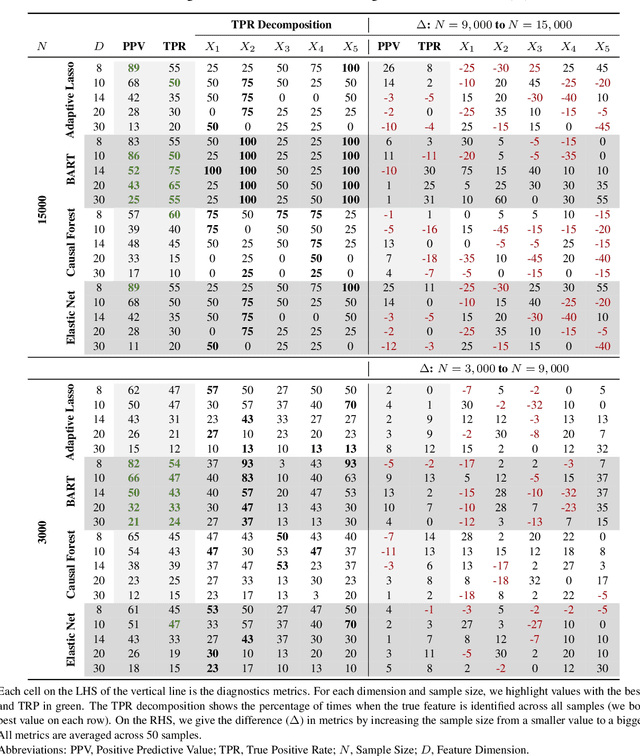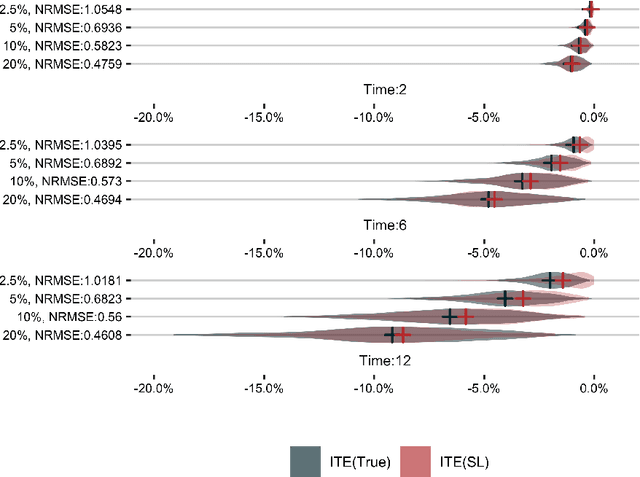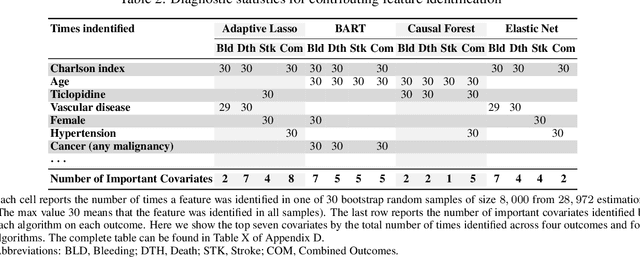Targeted Estimation of Heterogeneous Treatment Effect in Observational Survival Analysis
Paper and Code
Oct 22, 2019



The aim of clinical effectiveness research using repositories of electronic health records is to identify what health interventions 'work best' in real-world settings. Since there are several reasons why the net benefit of intervention may differ across patients, current comparative effectiveness literature focuses on investigating heterogeneous treatment effect and predicting whether an individual might benefit from an intervention. The majority of this literature has concentrated on the estimation of the effect of treatment on binary outcomes. However, many medical interventions are evaluated in terms of their effect on future events, which are subject to loss to follow-up. In this study, we describe a framework for the estimation of heterogeneous treatment effect in terms of differences in time-to-event (survival) probabilities. We divide the problem into three phases: (1) estimation of treatment effect conditioned on unique sets of the covariate vector; (2) identification of features important for heterogeneity using an ensemble of non-parametric variable importance methods; and (3) estimation of treatment effect on the reference classes defined by the previously selected features, using one-step Targeted Maximum Likelihood Estimation. We conducted a series of simulation studies and found that this method performs well when either sample size or event rate is high enough and the number of covariates contributing to the effect heterogeneity is moderate. An application of this method to a clinical case study was conducted by estimating the effect of oral anticoagulants on newly diagnosed non-valvular atrial fibrillation patients using data from the UK Clinical Practice Research Datalink.
 Add to Chrome
Add to Chrome Add to Firefox
Add to Firefox Add to Edge
Add to Edge